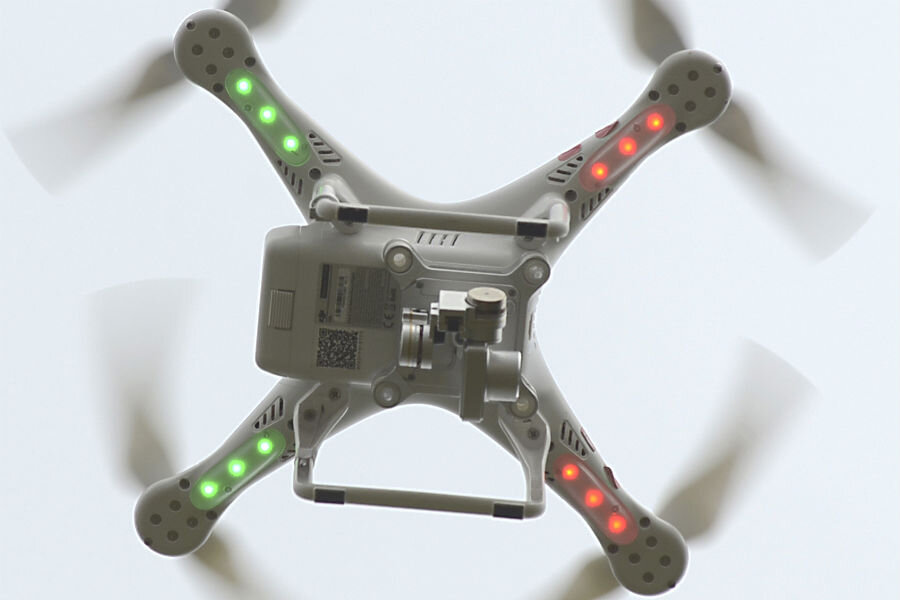Why China is using lasers to take down drones
Loading...
China has developed and successfully tested technology to shoot down drones with lasers, according to state media.
The "homemade laser defense system" specifically targets small-scale drones flying at a low altitude – the likely choice of terrorists, the official Xinhua news agency reported.
The mechanism can also take down various other small aircraft within a two-kilometer radius within five seconds of locating its target, the China Academy of Engineering Physics, one of the system's co-developers, claimed in a statement Sunday.
"Characterized by its speed, precision and low noise, the system is designed to destroy unmanned, small-scale drones flying within an altitude of 500 m and at a speed below 50 m/s," Xinhua said, citing the statement.
"Intercepting such drones is usually the work of snipers and helicopters, but their success rate is not as high and mistakes with accuracy can result in unwanted damage," said Yi Jinsong, a manager with China Jiuyuan Hi-Tech Equipment Corp., a group under the academy spearheading the project, according to the report.
Yi said these cheap and easy-to-use drones are feasible weapons for terrorists.
Further, drones engaged in unlicensed mapping activities have officials worrying about the effect on military and civil aerial activities.
The new laser system will be installed or transported in vehicles, and "is expected to play a key role in ensuring security during major events in urban areas," the CAEP statement said. It reported the machine had a 100 percent success rate, shooting down more than 30 drones in a recent test.
Xinhua said the academy revealed that it was working on similar laser security systems with greater power and range.
"China typically deploys tight security for domestic political meetings, international conferences and sports events, looking to prevent public protests over issues such as illegal land seizures and corruption as well as any threats to the participants," the Guardian noted.
The US military successfully tracked and brought down a surveillance drone using a similar device in 2012, and laser-based weapons have become a standard line of defense against drones since, the Verge pointed out.
"By training a high-energy beam on the craft for long enough, the weapons are able to burn through the crafts in mid-air, and they are small enough to mount on a truck. The attack requires sustained contact with the target, making it ideal for less maneuverable aircraft like the predator drone, although similar attacks have also been proposed for destroying missiles before they reach their intended target."
Last year, the US Army successfully tested a truck-mounted laser to stop mortars and drones, destroying targets in low-level midair explosions, preventing them from exploding on the ground.
After the weapon stopped a barrage of 90 incoming mortars and several drones in mid-flight, defense officials at the Army Space and Missile Defense Command hailed it as a “big step in the development of targeted, high-energy laser beams that might also one day be used to defend US airspace against, for example, fighter-jet or cruise-missile attacks," the Monitor reported.







